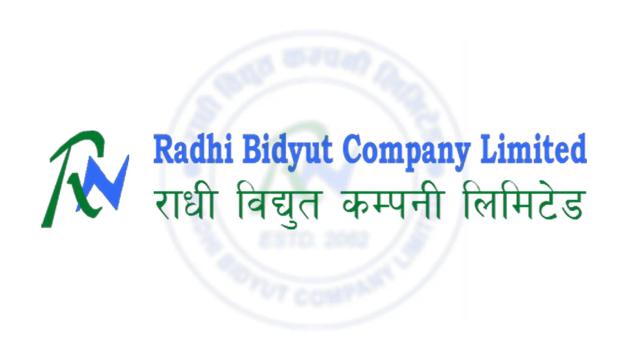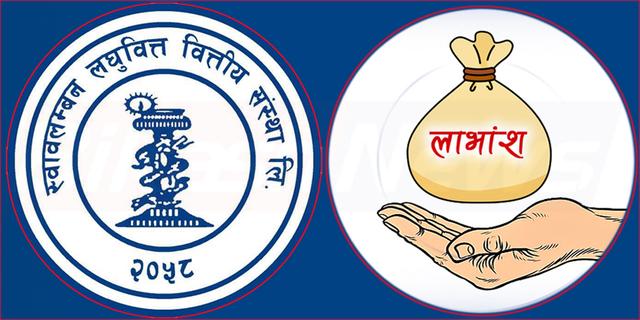NRB Issues Rs. 30 Billion Deposit Collection Instrument Again to Manage Excess Liquidity
Author
NEPSE trading

Nepal Rastra Bank (NRB) has once again issued a Rs. 30 billion deposit collection instrument for 21 days to absorb excess liquidity from the financial system. This move follows the maturity of Rs. 27.5 billion previously placed in a similar instrument on Baisakh 21.
According to NRB, interested banks and financial institutions can participate in the auction process and submit bids by 3 PM today. The repayment date, including principal and interest, is set for Ashad 1 (June 14). The interest rate will be determined through the auction process. Each participant must bid for a minimum of Rs. 1 billion and can demand up to Rs. 5 billion, with allocation based on cutoff rates.
Just a few days earlier, NRB had floated another Rs. 50 billion worth of deposit collection instrument on Wednesday. A total of 21 banks and financial institutions submitted bids amounting to Rs. 52.10 billion, out of which the central bank accepted Rs. 50 billion, with the average interest rate fixed at 2.99%.
Nepal’s banking system continues to experience excess liquidity, as credit demand remains sluggish despite falling interest rates. Due to limited loan disbursement opportunities, banks are sitting on huge investable funds.
As of now, commercial banks and financial institutions hold total deposits of Rs. 6.897 trillion, while loan disbursements amount to Rs. 5.531 trillion, resulting in a credit-to-deposit (CD) ratio of 78.99%. With a regulatory limit allowing up to 90% CD ratio, this implies that banks still have around Rs. 676 billion available for lending.
Since banks are unable to channel excess funds into long-term lending due to weak credit demand, they are increasingly investing in short-term liquidity tools like deposit collection instruments and the Standing Deposit Facility (SDF).
NRB has been consistently using such monetary tools to manage surplus liquidity and maintain stability in the financial system. The trend highlights ongoing sluggish economic activity and the central bank’s active efforts to manage money market dynamics effectively.



